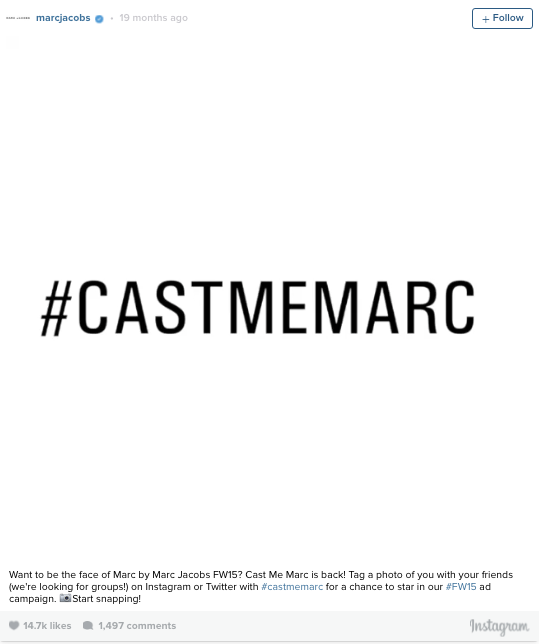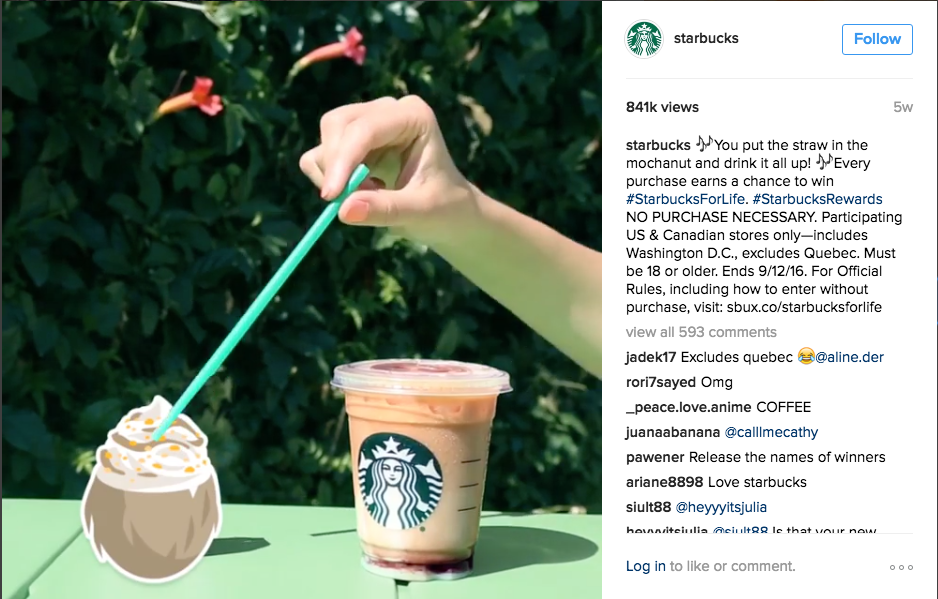Are you considering running a social media campaign, but don’t know how to reach your target audience? Have you tried running a social campaign, but haven’t gotten the results you want?
There are several ways to create a campaign that conveys your message to the right users and helps you achieve tangible results. For example, many brands utilize user-generated content, or UGC, to get their users to interact with their social media campaigns. However, sometimes even the most innovative ways to get users’ attention and on-page engagement can’t get the results you want, if you don’t take the best approach for your specific audience. Here are the aspects you need to consider when creating a social media campaign, to help you get the results you’re seeking.
Planning and Targeting
Get to Know Your Audience
As you plan a social media campaign, one of the most important things to keep in mind is your target audience. Ask yourself, “Would someone in my targeted demographic actually interact with this campaign?” For standard paid social media campaigns, simply knowing the age, gender and location of your optimal audience might be enough to infer their interests and whether they would interact with your campaign. However, for more complex campaigns, you might need to delve into the interests, behaviors, mutual connections and even lookalikes of your ideal demographic and then run ads for a targeted audience that has these traits.
What are your target demographic’s interests and behaviors? You will likely need to do some research to determine this information. If you’re running a standard campaign, you might not need to do extensive research beyond conducting an online survey. If you’re running a more complex campaign (i.e., investigating interests, behaviors, etc.), however, you’ll need to perform further research. For example, research the social media accounts of your audience’s favorite influencers or go to events that your audience might attend themselves. You should collect as much data and insight about your audience as you can, however you go about doing that.
Once you’ve collected enough data on your audience, you can start thinking about what social strategies you want to implement in your campaign to reach that specific audience.
Implementing a Strategy
Learn From Marc: Encourage Engagement With UGC
Strategizing for a social media campaign can be tough. When it comes to the average user, no matter what target demographic they’re in, their willingness to engage online is slim. This is why it’s important to ideate concepts that are simple for and relevant to the user. For example, Marc by Marc Jacobs ran a campaign on Instagram called #CastMeMarc, which racked up over 70,000 entries.
The campaign encouraged users to post a photo of themselves on Instagram and Twitter with the hashtag #CastMeMarc, to be entered into a contest to become one of nine new models for Marc by Marc Jacobs. The bad news is, you’re probably not Marc Jacobs. The good news is that the concepts behind this genius campaign are applicable to just about any social media campaign. The campaign, the goal of which was to find a new face for a seasonal collection for Marc Jacobs, utilized UGC in its strategy.
Why was this campaign so genius? The company knew their target audience. They likely had a brand persona in their head as they ideated concepts. They knew a loyal customer of the brand likely uses Instagram or Twitter and is tech savvy. Better yet, they didn’t have to produce many creative assets. They used UGC to gather online portfolios of each user.
Although UGC helped Marc Jacobs achieve their goals, it doesn’t mean it’s the answer for every campaign. UGC is great for large brands with loyal followings. If you’re a relatively small brand with low brand awareness, UGC alone might not be the way to go.
What Smaller Brands Can Do to Drive Engagement
Instead, consider using an incentive-based strategy if you’re trying to increase overall brand awareness. Whether the prize is an experience or a physical reward, it’s important to keep your audience in mind. “Would this person interact with this campaign to win this prize?”
The mode of entry in order to gain an incentive needs to be simple enough that a user will complete the required action. Something like commenting on or Liking a brand’s post on social media, as the means of being entered into the contest, is simple enough for the user to complete easily.
Creating and Curating Compelling Content
Now that you have considered who your targeted audience is and how you are going to get them to engage with your campaign, it’s time to decide what the face of your campaign will look like.
Images and video content are currently the most powerful ways to maximize engagement. Users need something to catch their eye as they scroll through their screen on their mobile phones or laptops. If an image or video paired with the perfect copy is compelling enough, the user will likely stop and engage with your content.
Above all, the No. 1 rule for creating content is to cater to your audience. If you’re creating promotional content for a new, hip coffee shop in an urban setting, neither your content nor your ad money should be geared toward people who wound’t care about local coffee shops (e.g., families, seniors, etc.). The content and money should be geared toward a more urban crowd that looks like the “typical” coffee goer. Starbucks, for example, has mastered this in its social media strategy. They know who their audience is, and their content is appealing to just about any coffee-drinker.
In addition, here’s something that just about any brand can do: curate content. During and in-between social media campaigns, a brand can curate outside content that their followers might find interesting. It’s important, though, to thoroughly check curated articles before publishing them onto your page, since you want to avoid having content that contrasts with your brand’s message.
Ideally, during a campaign, you want to focus your ad spend on your own content, but in between campaigns, you can boost curated content to avoid interruptions in your social strategy. Publishing curated content is a simple way to maintain and grow your following on your social platforms in between campaigns or as a way to supplement your campaign efforts.
Measuring Your Performance
After a campaign has finished running, it’s important to measure the results. You can check your organic or paid metrics natively on Facebook or Twitter.
For paid social, two important components you should review are how much of your ad budget you spent and, most importantly, your overall results. Also, if you implemented A/B testing on your ads, you can see which combination of image/video and copy racked up the most engagement. Perhaps an image that featured a person’s face performed better than the image of a coffee cup. You can take these considerations into your next round of ads, to optimize your results.
For organic measurements, focus on unique metrics. For example, if you ran video content in your campaign, you can look at unique, organic video views. Once you’ve done a bit of number crunching and simple math, you should be able to have an idea of how well the overall campaign performed.
With social media, even when running a campaign, you’re constantly testing new variations of how you can get the most exposure. Whether you’re running video or image-based ads or publishing curated content to your page, it’s important to recognize which type of content you should stick with and which you should be tossing out the window. In this sense, every campaign is really a test. So, the next time you’re running a social media campaign, don’t compare yourself to large brands or brands that are not your competitors. Instead, consider the knowledge you already possess about your target audience to surpass them.


